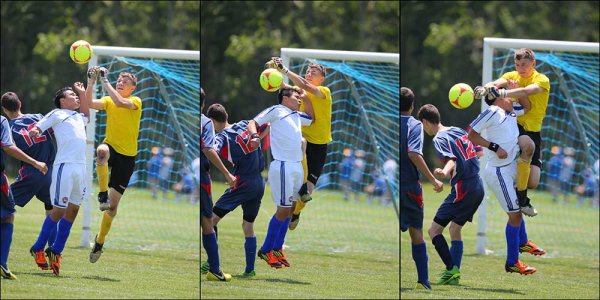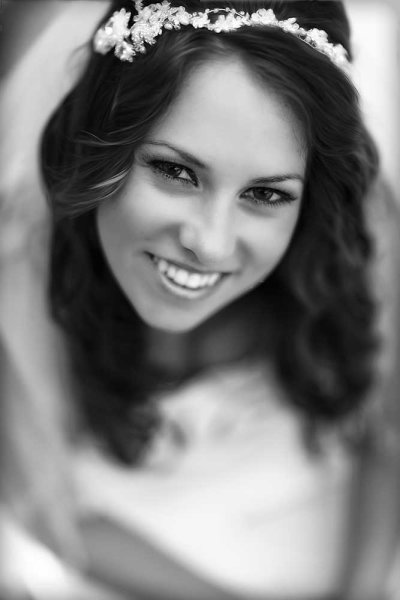
EOS-1D X with EF 200-400 f/4L IS USM +1.4x Extender. 1/1000, f/5.6, ISO 800.
Recently, I’ve noticed some comments from readers who seem to feel that the gear I use for my shots is the reason I get the images I do. They seem to feel that similar results cannot be achieved using consumer level gear. True, I use some top-of-the-line gear, and there are many reasons for that. But rare is the shot that I was able to get with an EOS-1D X or 5D Mark III that I could not also get with a Rebel T5i.
So that begs the question: why do pros spend so much money on top-of-the-line cameras and lenses?
There are three basic reasons:
#1 – The first is speed
The EOS-1D X and Nikon D4s, the top two leading pro level cameras available, both shoot at 12 frames per second (fps) or faster. Often, shooting that fast is unnecessary. But when you are a working pro, and your paycheck depends on you capturing just the right moment at a sporting event, or when shooting a news event, that speed can mean the difference between missing the decisive moment, or capturing the exact shot your editor or client is looking for. In the series above, I was shooting at 12 frames per second, and these three consecutive frames were the peak action of a save made by the goalie.

Rebel T2i and EF-S 55-250 f/4-5.6 IS – 1/500 at f/5.6, ISO 640
Could I have gotten this shot with a slower camera? If my timing was good, I’d have gotten one of these frames, or something close. But when I’m shooting for a paycheck, I need to be sure, and if possible, come away with several shots. Keep in mind, of these three shots, for a camera that shoots at 5 fps, you’d be getting less than half of this sequence. For the average person shooting their child’s sporting event, five frames per second may seem like plenty. But a lot can be missed in those spaces between images. In addition, processor speed is faster, and the camera is able to get images from the camera’s buffer to the memory card faster. It’s all about what is good enough for you. For most people, five frames per second is plenty.
#2 – The second reason is durability
Canon’s EOS-1D series cameras, and Nikon’s D4s camera, are among the toughest cameras ever made. They are built to withstand heavy use, with shutters rated to handle several hundred thousand frames. The bodies are constructed of magnesium alloy, making them resistant to impact damage, and they are sealed to resist dust and moisture. A working pro is dependent on his cameras and lenses to put food on his table, and professional cameras are designed to help him do that over and over again. While these features may help make the camera more reliable to a working pro, it has very little to do with that pro’s ability to capture a compelling image.
#3 – The third reason is an expansion of basic features
Autofocus systems tend to have more focus points, and are more configurable than in consumer grade cameras. AF systems in pro level cameras generally have more cross-type points as well, which helps them to focus more quickly. Metering systems are also generally more elaborate in higher level cameras, offering RGB metering in some models, as well as face and color recognition. These enhanced features may make it somewhat easier for a pro to get a shot, but also keep in mind that pros are often working in more extreme situations, for both lighting and action, than the average person with a camera.

EOS 5D Mark III with EF 70-200 f/2.8L IS II – 1/320 at f/5.6, ISO 640
This brings us to the next topic – lenses

EOS-1D X with EF 85mm f/1.2L II lens. 1/4000 at f/1.2, ISO 100.
One particular comment asked how I expected others to be able to achieve the results I did using top of the line lenses, when others were using only kit lenses. The bottom line answer to this is, that some shots you won’t be able to duplicate without a particular lens. Others can be done regardless of which lens you have, like the image above. While it was taken with an EF 70-200 f/2.8L IS II, the focal length was 135mm, and I was stopped down to f/5.6. This means that someone using an EOS Rebel T5i, with the EF-S 18-135 f/3.5-5.6 lens could easily duplicate the shot. The differences will be notable when a fast aperture is used – for instance, when I use the Canon EF 85mm f/1.2L II lens wide open, while you may using a 70-200 zoomed to 85mm at f/2.8. While the framing will be the same, the depth of field will not be, and the bokeh (the quality of the out of focus area) will be different. This is evident in the shot to the left. While the EF 85mm f/1.8 lens will come closer to achieving this look, the bokeh is quite different between the 1.8 and 1.2 apertures. Certain lenses have certain characteristics and often photographers use these lenses specifically because of these characteristics. This is not to say that equally stunning images cannot be captured with a kit lens- they most certainly can. I am simply stating that certain lenses have a quality I prefer for certain shots.
Read: the most popular lenses among dPS readers here
So, is it the gear? Really? Yes, and no.
The bottom line is that compelling images can be captured with a point and shoot just as well as can be captured with a top-of-the-line DSLR. But a point and shoot, or an entry level DSLR have some limitations that a pro level DSLR doesn’t. As a photographer, it’s up to you to learn to work around these limitations, or to decide if it’s time to upgrade to a higher level camera or lens. But don’t simply assume that because an image was made with a pro-level camera that it could not just as easily have been made with a consumer-level camera. In the image below, I would have loved to have a 5D Mark III with EF 100mm f/2.8L IS macro. I didn’t have that with me the day I shot this. Instead, a Rebel XSi with EF-S 55-250 did the job, and got me just as nice a shot. Saying it’s the gear is giving the gear too much credit, and it also sells the photographer short.

EOS Rebel XSi with EF-S 55-250 IS – 1/250 at f/5.6, ISO 100
The post Is it REALLY the Gear? by Rick Berk appeared first on Digital Photography School.
You must be logged in to post a comment.